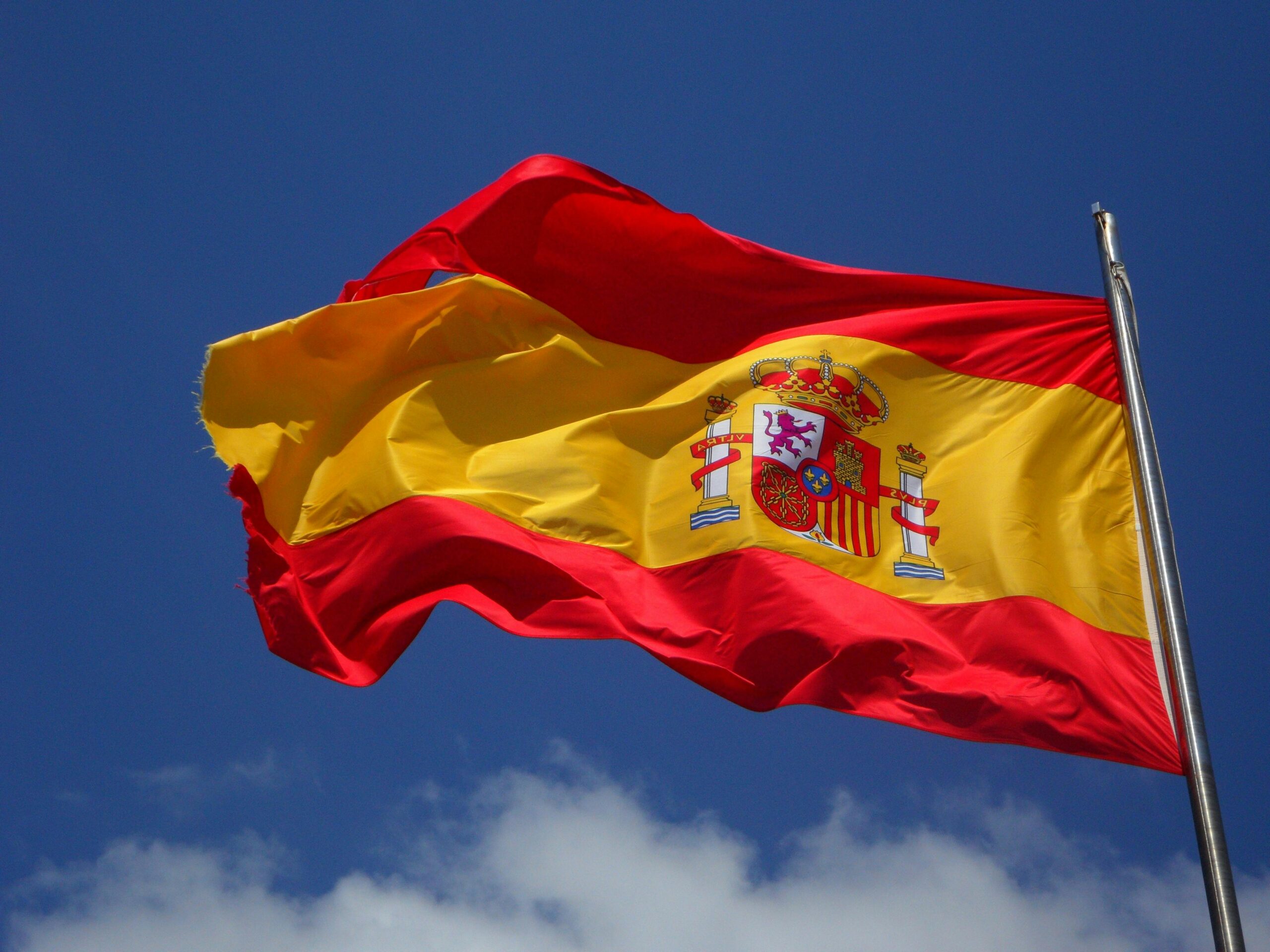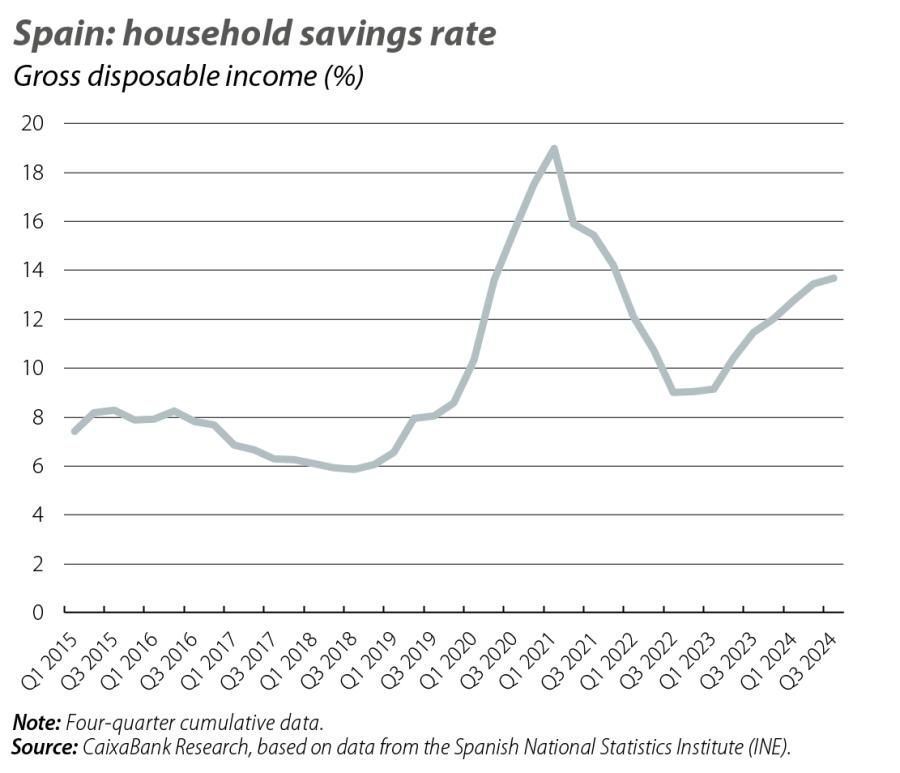
For years, Spain’s economy was seen as one of Europe’s weakest.
After the 2008 financial crisis, it struggled with high unemployment, stagnation, and a reliance on tourism.
But something has changed now.
Today, Spain is growing faster than almost every major economy in the West, outpacing Germany, France, and even the United States.
This transformation didn’t happen overnight. Rising wages, strong consumer spending, record tourism, and leadership in renewable energy have turned Spain into Europe’s biggest economic success story.
Perhaps it won’t be long before more economists start considering Spain the new “Queen of Europe”.
What’s driving Spain’s economic boom?
Spain’s economy is not just growing; it’s thriving. In 2024, it expanded at more than four times the Eurozone average, making it the fastest-growing major economy in Europe, with a GDP growth of 3.2%, compared to Eurozone’s average of just 0.5%.
While other countries battled stagnation, Spain’s growth was powered by three key factors: jobs, tourism, and exports.
The biggest driver has been job creation.
Over 500,000 new jobs were added last year, pushing unemployment to its lowest level in 16 years.
Wages are rising faster than inflation, giving Spanish households more spending power.
Case in point, Spain’s household savings rate has increased to 14% as of Q3 2024, the highest it has ever been excluding the post-pandemic anomaly.

Unlike in Germany or France, where weak demand is dragging down growth, Spain’s consumers are keeping the economy moving.
Tourism has also played a considerable role. In 2023, Spain welcomed 94 million visitors, breaking records and boosting everything from hospitality to transport.
This surge in tourism has helped offset slowdowns in other parts of the economy and made Spain one of the few European countries where services are booming.
Meanwhile, exports remain strong despite weak growth in the rest of Europe.
Spain has been able to increase sales of both services and agricultural products, keeping its economy resilient even as key trading partners like Germany struggle.
How is Spain keeping inflation lower than its neighbours?
Unlike many fast-growing economies, Spain has managed to keep inflation in check, and a big reason for this is cheap energy.
Over the past decade, Spain has invested heavily in renewable energy, making it less dependent on expensive fossil fuels.
More than 50% of Spain’s electricity now comes from wind and solar, the highest share in Europe.
This focus on renewable energy has helped keep energy prices in Spain far lower than in Germany, France, and the UK, giving businesses a competitive edge and shielding consumers from high utility costs.
At the same time, Spain has Europe’s largest liquefied natural gas (LNG) processing capacity, allowing it to secure cheaper gas supplies than countries like Germany, which have been forced to build new LNG terminals from scratch.
This energy advantage has had ripple effects across the economy.
Manufacturing in Spain is growing, while in Germany and Italy, high energy costs have pushed factories into recession.
Lower inflation has also supported stronger consumer spending, keeping demand high without driving prices out of control.
What are the most significant risks ahead?
For all its strengths, Spain’s impressive growth is not without challenges.
The biggest issue is housing.
Rents have skyrocketed, rising by 80% in the past decade, making it difficult for many people, and especially young workers, to afford to live in major cities.
The average Spanish renter now spends 40% of their income on housing, compared to just 27% in the rest of the Eurozone.
The government has introduced rent caps and plans for new social housing, but these policies have done little to stop prices from climbing so far.
Another long-term challenge is productivity.
While Spain has created jobs at an impressive rate, many of which are in low-wage, low-productivity sectors like tourism and services.
Without investment in high-value industries, wage growth may eventually slow, and Spain could struggle to catch up with wealthier economies like Germany and France.
Spain is also exposed to external risks.
While it has managed to grow without being affected by the weakness in Germany, France, and Italy, a deeper recession in Europe could eventually weigh on Spanish exports.
If demand from its biggest trading partners declines further, Spain’s growth could slow in 2025.
Can Spain maintain its lead in the coming years?
Spain’s government expects growth to remain strong in 2025, with forecasts pointing to an expansion of more than 3%, which is still far ahead of its European neighbours.
More importantly, Spain’s long-term outlook has improved significantly.
Just a few years ago, economists expected it to fall behind Northern Europe over the next decade.
Thanks to strong demographics, job creation, and financial stability, Spain is now projected to grow in line with the Eurozone average, rather than lagging behind.
Investors are also feeling optimistic about Spain’s economy.
The IBEX 35 index has doubled since it’s 2020 low with many Spanish companies now enjoying solid growth, particularly in the financials and consumer goods sectors.
Now the key to sustaining this momentum will be continued investment in high-value industries, particularly clean energy and advanced manufacturing.
Spain has already positioned itself as Europe’s leader in green hydrogen, accounting for 20% of all hydrogen projects in the EU.
It is also developing industrial clusters that integrate renewable energy, hydrogen, and carbon capture technologies, creating a blueprint for the future of European industry.
If Spain continues down this path, it could become Europe’s cleantech powerhouse, attracting investment and creating higher-paying jobs.
The bottom line
Spain has defied expectations, transforming itself from one of Europe’s weakest economies into one of its strongest performers.
The combination of job creation, strong consumer demand, low energy costs, and a thriving tourism sector has powered its rapid growth, even as other European economies stall.
Although housing affordability, low productivity growth, and external risks could slow progress, Spain’s structural improvements in labor, energy, and investment have put it on a stronger footing than at any point in the last two decades.
If the country can address its housing crisis and continue leading in clean energy and industrial innovation, it may not only be the fastest-growing economy in Europe today but also one of its strongest for years to come.
The post Why Spain’s economy is leaving the rest of the Eurozone behind appeared first on Invezz
https://invezz.com/news/2025/02/10/why-spains-economy-is-leaving-the-rest-of-the-eurozone-behind/


